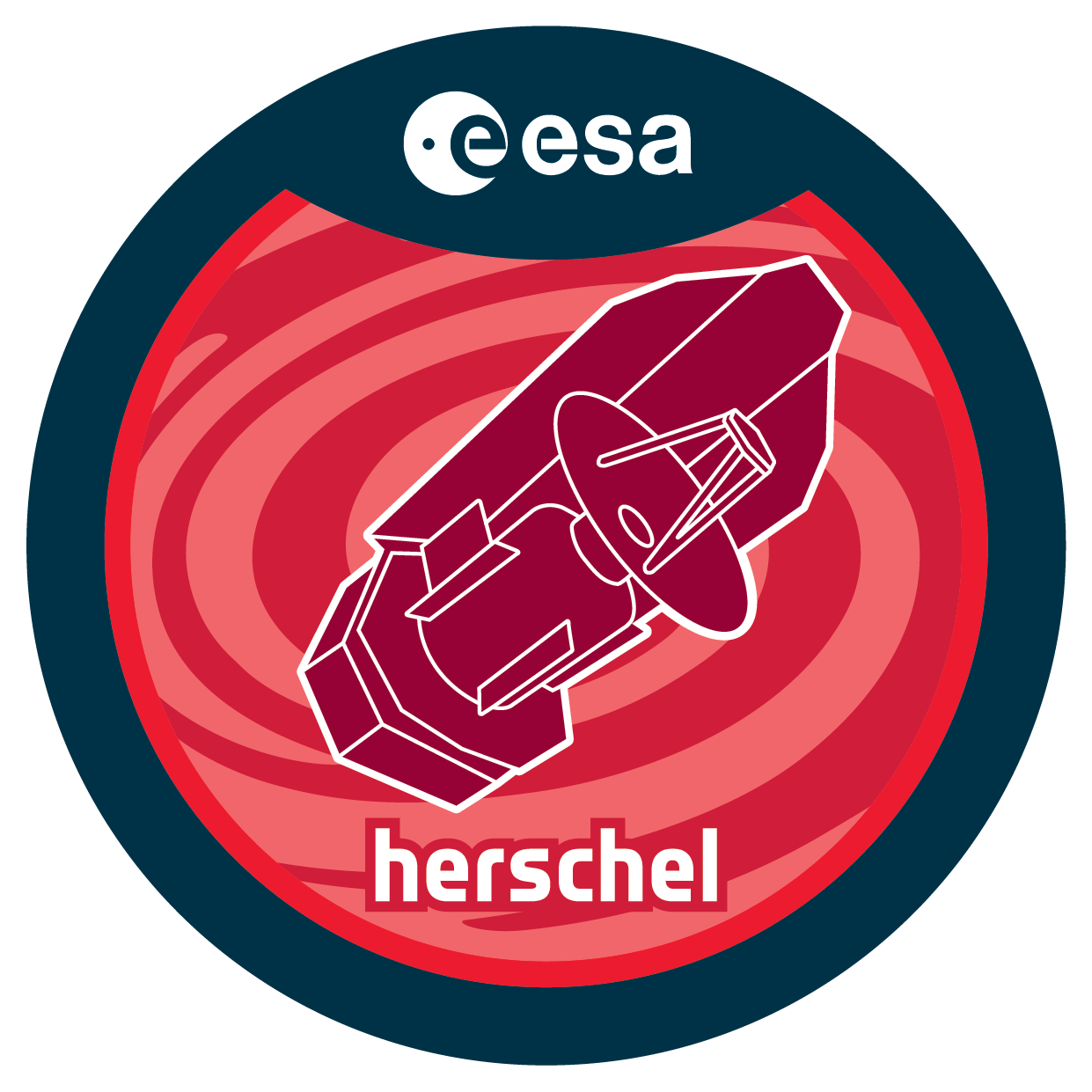| Description |
We propose to use Herschel/PACS spectroscopy of the C II 158 micronand O I 63 micron lines to observe a sample of 16 low-redshiftinfrared-luminous galaxies, at log L_IR = 11.8 to 12.3 Lsolar, that aredistinguished by large size and non-merger structure. These galaxiesare interesting because they have high star formation rate activityspread over a large physical area, rather than concentrated intoextremely dense regions as in the nucleus of a major merger, as in mostlocal ULIRGs. They are potentially good analogs for high-redshiftIR-luminous galaxies, which appear to have far-IR spectral shapesdifferent from local ULIRGs. C II is a major cooling line inphoto-dissociation regions and O I and C II probe the physicalconditions and UV intensity in IR-emitting regions. In a few extremelensed high-z ULIRGs where C II can be measured, the high-z objectshave L(C II)/L(FIR) ratios that are high, more like those of localstarbursts than local ULIRGs. At z>1, much of the star formation inmassive galaxies is occurring at LIRG and ULIRG levels, and U/LIRGsdominate the IR luminosity density. Understanding star forming regionsin high-z IR-luminous galaxies is necessary to understand the conditionsin which most of the stars in massive galaxies formed. The proposedmeasurements of C II and O I in this local sample of high-z analogswill test the hypothesis that redshift evolution in the IR SED shape andthe C II/FIR ratio are due to different physical conditions in high-zIR-luminous galaxies, because of the larger physical extent of the starforming area. |

